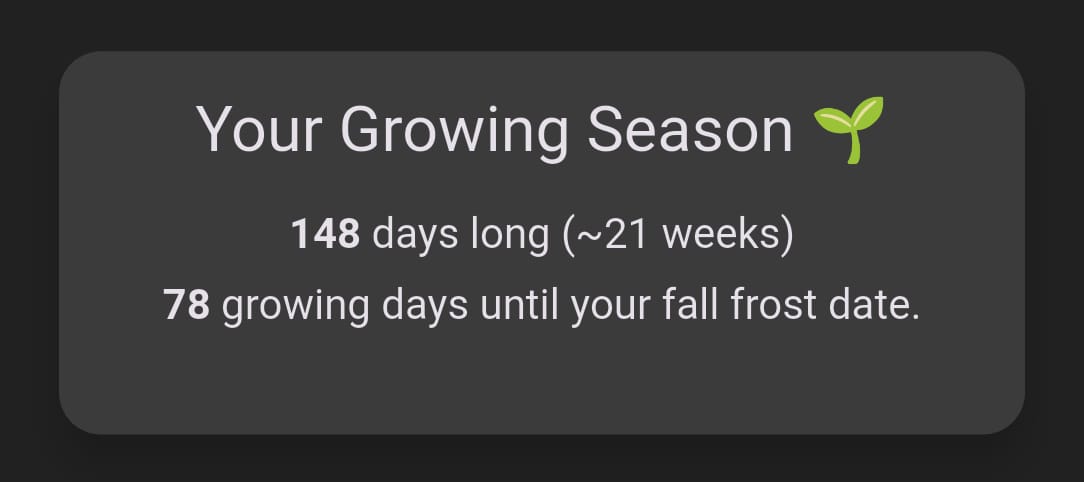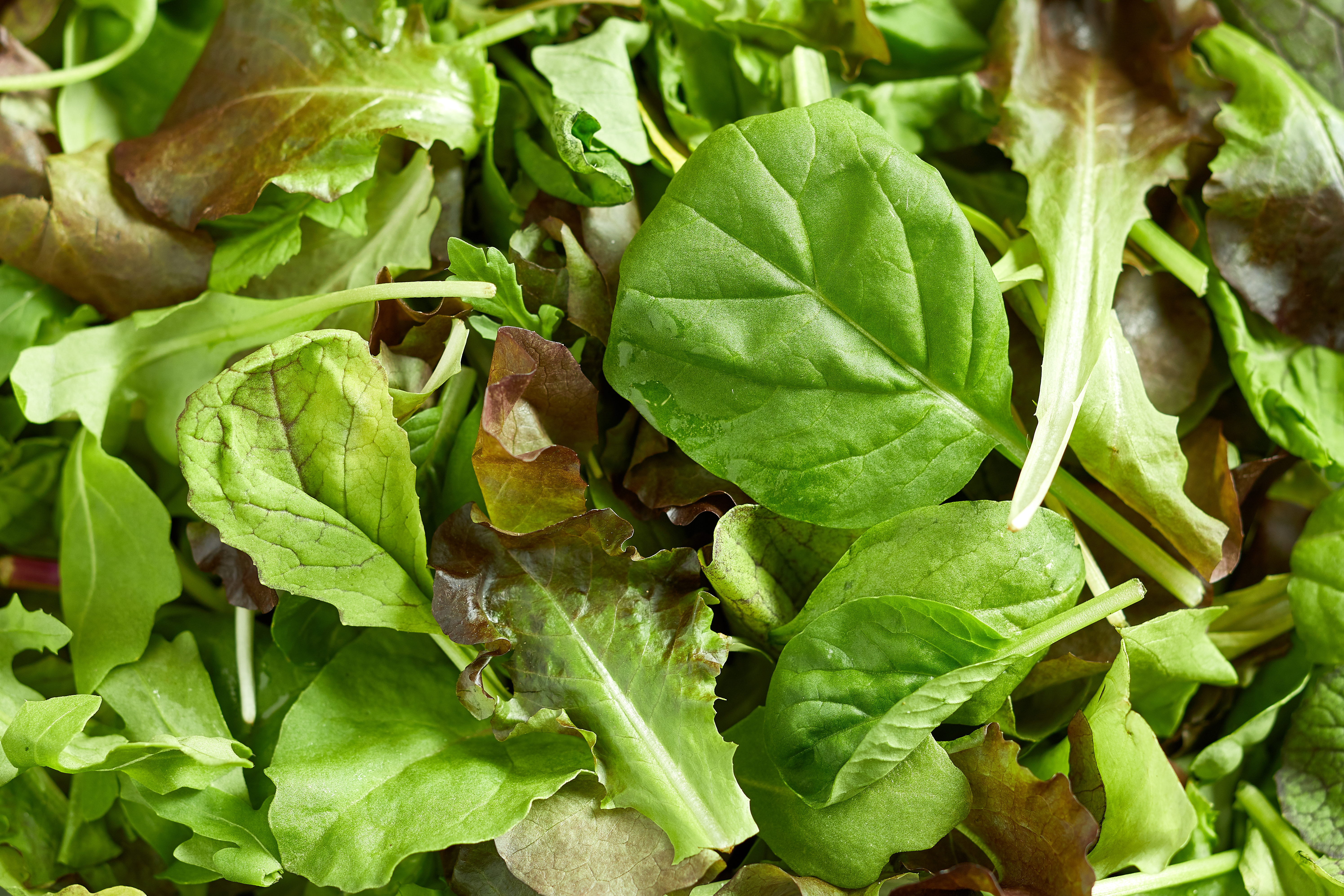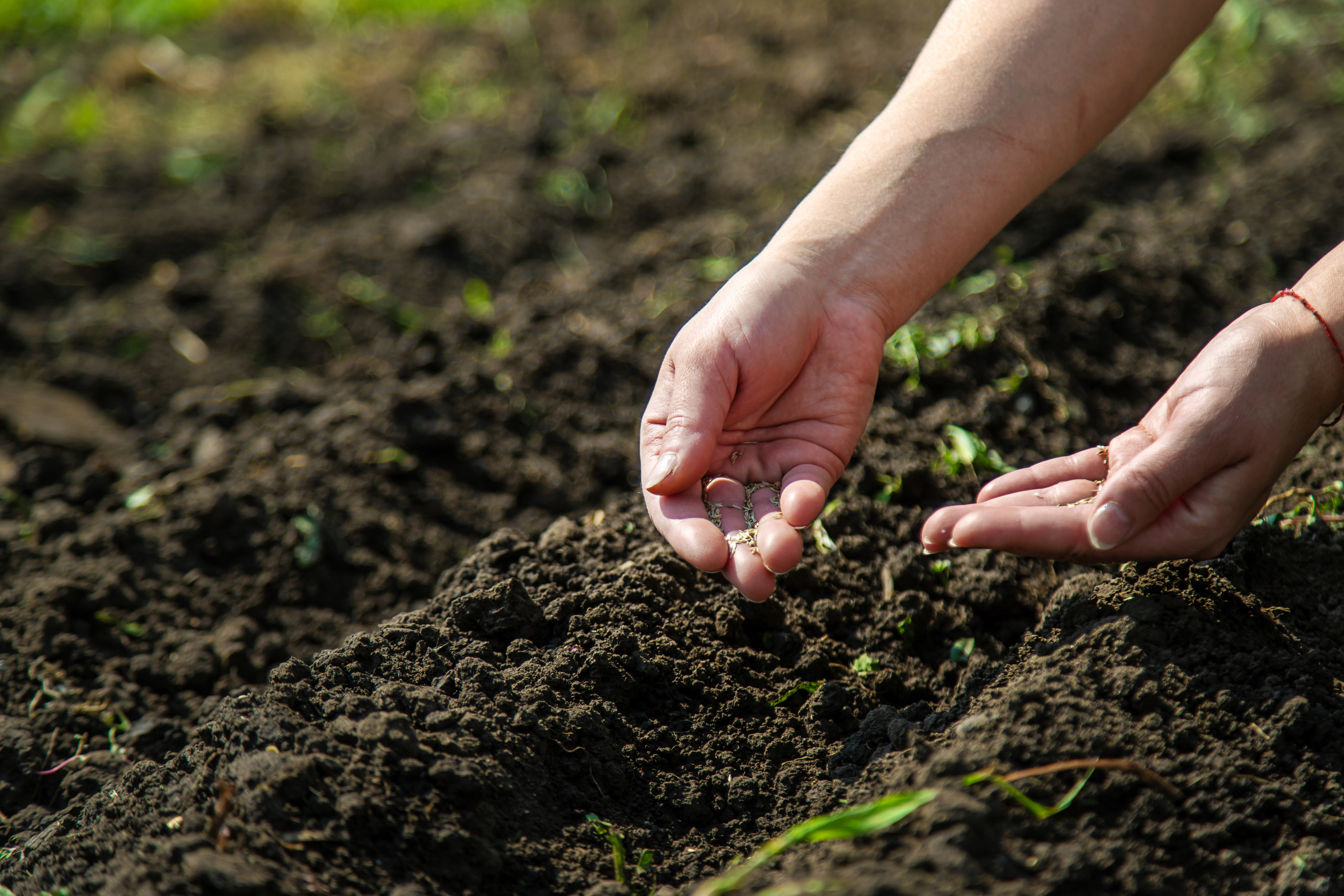Oh, summer. How I love you.
It’s mid-July, and the breeze here in the mountains feels like a warm hug. Most folks are busy harvesting courgettes the size of baguettes and, no doubt, cursing their once-again runaway mint. I’m standing in my garden with a fresh cup of (yes, mint) tea and a question: What do I want to eat in the fall?
Because while summer is in full swing, this is actually the secret season to sow again. Gardening either keeps you fully in the moment or shoots your brain a few months into the future. That’s part of the deal, I guess. Especially up here at 900 meters altitude (zone 6-ish), where autumn comes with a whisper… and then a frost. No time in between.
So I thought I’d take you along. Let’s chat about what you can still plant now, and which crops are worth your time to make sure there’s still some harvest joy in the fall.
Let’s Talk About Frost, Baby
As we tiptoe toward fall, it’s a great time to start plotting your autumn garden. For an overview of the types of crops that are generally best suited for a fall garden, and how Planter can help you to double check the timing, have a read of the article: Don’t Forget Your Fall Garden.
One of my favorite newer(ish) Planter features? In the settings tab, Planter shows a countdown to your first expected fall frost, like a tiny ticking clock for gardeners. Super useful for figuring out what you can still grow in time… and also mildly panic-inducing (in the best way). Here’s mine:

My Fall Planting Picks
Ideally, I want to plant everything, have maximum diversity, and eat 23 different crunchy things in my salad bowls. But sometimes, less really is more. Expanding gradually keeps gardening fun and avoids unnecessary stress on both your soil and your (possibly receding) hairline.
With the internet offering a bazillion planting guides (plus whatever gardening books you’ve got lying around), there’s no shortage of info. For this round, I’m keeping it simple and using the Planter app to guide my choices. It already knows my local frost dates, and I love that you can filter for things like frost-tolerant crops or perennials. The Growing Calendar shows which crops you can still plant, and how much time you’ve got left to do it.
So, without further rambling…
Here are some of the fast-growing cool-season crops I’ve chosen for an abundant fall harvest in the mountains!
1. Mâche (Lamb’s Lettuce). The absolute fall classic in Germany. To not plant it? Unthinkable.
2. Kohlrabi (early varieties). Great raw or marinated as veggie “kebab.”
3. Spinach. Always good. Especially the cold-hardy types.
4. Cilantro. Yes, even now! It handles light frost just fine.
5. Kale. Might be a bit late, but I’m giving it a go for baby leaves (and planning a perennial kale tree next year!).
6. Mustard greens. Spicy when young, flavorful when cooked.
7. Carrots. Early varieties still make it if you plant now.
8. Radishes. Because color + crunch = salad joy.
9. Bok Choy. Quick to grow, great for stir-fries.
10. Wasabi Arugula. Want to keep it mild? Use young baby leaves. Want it spicier? Let the leaves get bigger or use the flower buds, they’re often even punchier.

A few slow-burners I’m adding anyway. These won’t feed me this year, but they’re future-you gold:
- Black salsify (Scorzonera ‘Duplex’). Beautiful, weird, delicious root native to Europe.
- Garlic. Usually planted in mid-to-late October, but I might prep beds now and sneak in a little green garlic (early-harvested cloves).
- Chives. Super hardy, great for pollinators, and the purple flowers are edible too.
- Echinacea (Coneflower). Slow to establish, but gorgeous and medicinal.
- Rhubarb. If you’re feeling bold and patient (it’s worth it).
What to Keep in Mind When Planting Now
- Choose fast-growing or frost-tolerant crops Look for varieties that mature in 60 days or less, or that can handle light frost.
- Sow directly in the soil Depending on where you live, it might too late for longer-growing transplants unless you’ve already got them ready. To be safe, I’m going with direct sowing only.
- Germination can be tricky in summer heat Sow in the evening, water well, and consider adding light shade over freshly seeded areas to keep the soil cool.
- Keep watering consistent Seeds and young plants need steady moisture, especially during warm July days.
- Don’t overdo it It’s easy to get excited (hello, seed hoarders), but keep it simple and realistic to avoid overwhelm. Think: joy, not stress.
So there you have it, one last hurrah for the garden before the frost moves in.
Go sow something. Go be smug in October. You’ve got this.
